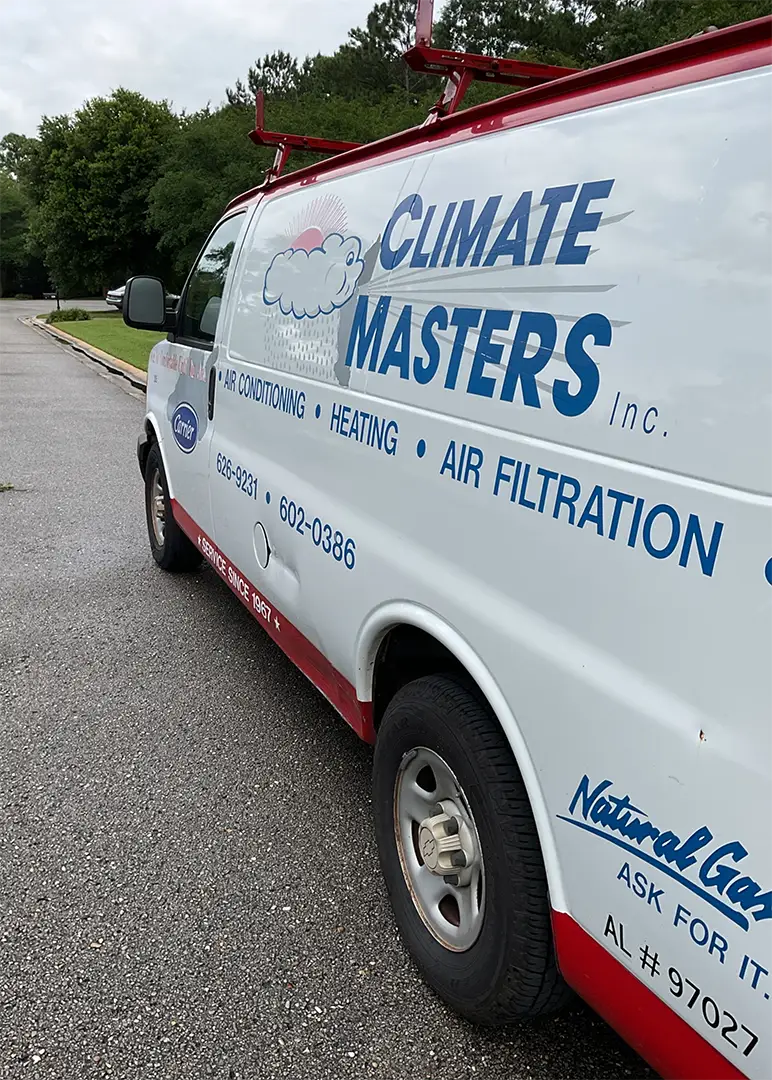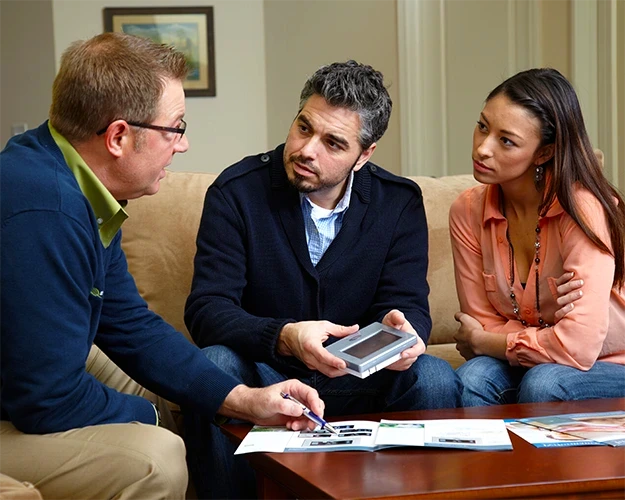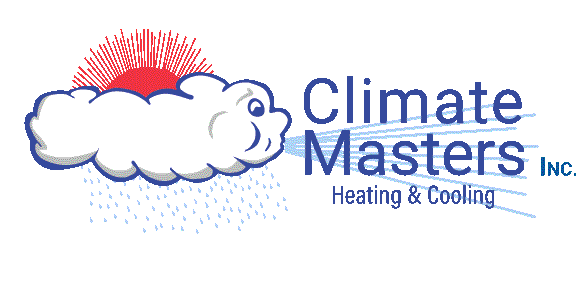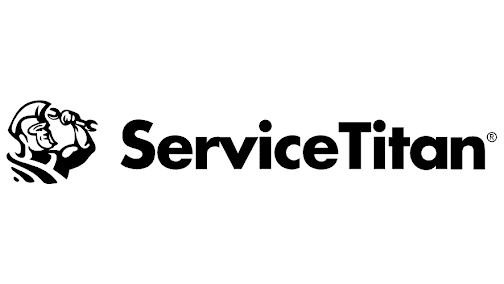

Common Reasons a Furnace Might Stop Working
Furnaces can stop working for a variety of reasons, ranging from simple fixes to more complex issues. Here are some typical problems that can arise:
Why should you check if your furnace isn't working?
Troubleshooting a Non-Working Furnace
If your furnace isn't functioning properly, start with some basic checks to potentially resolve the issue on your own:
Check the Thermostat Settings
Ensure your thermostat is set to "heat" mode and adjust the temperature to a setting higher than the current room temperature. This simple step can often solve the issue if the settings were accidentally adjusted.
Verify the Power Supply
Inspect the Air Filter A clogged air filter can restrict airflow and cause the furnace to overheat, triggering a shutdown. Remove the filter and hold it up to the light. If light can hardly pass through, it's time for a replacement.
Further Steps If these initial checks don’t fix the problem, it might be time to call in a professional. An HVAC technician can perform a detailed inspection and necessary repairs, ensuring your furnace operates safely and efficiently.
Taking these preliminary steps can often save time and money, addressing the common causes of furnace malfunction without the need for immediate professional assistance.
How to Identify When Your Furnace Requires Repair
Ensuring your home remains warm and comfortable starts with knowing the warning signs that your furnace might be in trouble. Here’s how to tell if maintenance is needed:
Unusual Sounds: Listen for any strange noises such as banging, squealing, or rattling, which could indicate mechanical problems.
Inconsistent Temperature: Notice if certain rooms are colder than others. This uneven heating often signals issues with your furnace's efficiency.
Frequent Cycling: If your furnace frequently turns on and off, that's a sign it might be struggling to maintain the set temperature.
Sudden Increase in Energy Costs: Watch for unexpected spikes in your energy bills, which may hint at your furnace working harder than it should.
If you detect any of these signs, it's wise to consult with professionals who can assess and address the issue promptly. Keeping your furnace in good condition not only enhances comfort but also boosts energy efficiency.
How Much Does It Cost to Repair a Furnace?
Repairing a furnace can involve various costs, which fluctuate based on multiple factors. Let's break down what you might expect when facing furnace repairs.
Factors Influencing the Repair Cost
Type and Age of the Furnace:
Nature and Severity of the Issue:
Availability of Parts:
Make and Model:
Local Labor Rates:
Getting an Accurate Estimate
For the most precise cost assessment, it's advisable to contact a local HVAC technician. They can inspect your furnace, identify the exact issues, and provide a tailored quote. This personalized approach ensures you understand the full extent of the repair needs and can budget accordingly.
Taking these factors into account will better prepare you for the potential investment involved in keeping your furnace functional.
How Much Should You Expect to Pay for a Furnace Tune-Up?
The cost of a furnace tune-up can vary significantly, typically ranging between $80 and $200. The price difference depends on multiple factors that influence what you're ultimately paying for. Here's what you need to consider:
Comprehensive Service vs. Basic Check-Up: Some HVAC companies offer a detailed inspection along with performance guarantees. These services tend to be on the higher end of the price spectrum. On the contrary, other firms might provide a basic service at a lower rate, potentially as a promotional offer to attract new clients.
Location and Company Reputation: Your geographic location can impact the price. In areas where the cost of living is higher, you might find tune-up services priced accordingly. Additionally, well-established companies with sterling reputations may charge more due to their expertise and reliability.
Seasonal Demand: Prices may also fluctuate based on seasonal demand. Scheduling your tune-up during the off-peak period can sometimes result in reduced rates.
Regardless of the approach, ensure that the service is carried out by a reputable HVAC contractor to maintain your system's efficiency. It's worth reaching out to multiple local providers for quotes and service details to make an informed decision. Don't forget to look for any seasonal discounts or service plans that might offer additional savings.
What Should You Expect During a Furnace Tune-Up?
When you schedule a furnace tune-up, expect a thorough check-up to ensure your system is running efficiently and safely. Here's what typically happens during this essential maintenance service:
Performance Evaluation: A technician will start by assessing your furnace in various operational modes. This step helps identify any underlying issues that might affect efficiency or performance.
Safety Shut-Off: For the safety of both the technician and your home, the gas and electrical power to the furnace will be turned off before any further work begins.
Cleaning Components: Key components such as burners, heat exchangers, and blower motors are cleaned. This is crucial for maintaining efficiency and prolonging the life of your furnace.
Inspection Tasks: The technician will inspect parts for wear and tear, including belts, filters, and connections. They'll follow industry best practices, often guided by standards from organizations like the Air Conditioning, Heating, and Refrigeration Institute (AHRI) or the American Society of Heating, Refrigerating and Air-Conditioning Engineers (ASHRAE).
Functional Testing: After cleaning and inspection, they'll test the unit's startup cycle and thermostat to ensure everything functions properly.
Adjustments and Recommendations: Any necessary adjustments are made to optimize performance. The technician may also provide recommendations for repairs or part replacements if needed.
These steps may vary slightly between HVAC contractors, but a focus on thorough cleaning, careful inspection, and performance checks is standard. For further information on maintaining your furnace, exploring dedicated resources on furnace maintenance can be extremely helpful.
What is the Most Expensive Part to Fix on a Furnace?
Repairing a furnace can sometimes be a costly affair, especially when certain critical components malfunction. Among the most expensive parts to repair or replace is the blower motor. This component is essential because it circulates warm air throughout your home, ensuring efficient heating. Any issues with the blower motor can lead to uneven heating and increased energy costs, making its repair or replacement quite costly.
Another part that can incur significant expense is the circuit board. The circuit board functions as the brain of the furnace, coordinating all operations and processes. A malfunctioning circuit board can disrupt the entire system, which often means costly diagnostic work followed by an intricate repair or replacement.
Additionally, the draft inducer motor is crucial for the safe operation of the furnace. It helps to properly vent gases out of your home, maintaining safe air quality. Issues with this component not only affect safety but also require specialized repairs, adding to the expense.
In summary, while various parts of a furnace can require attention, the blower motor, circuit board, and draft inducer motor are often the most expensive to address due to their importance in the furnace's operation and the complexity involved in repairing or replacing them.


